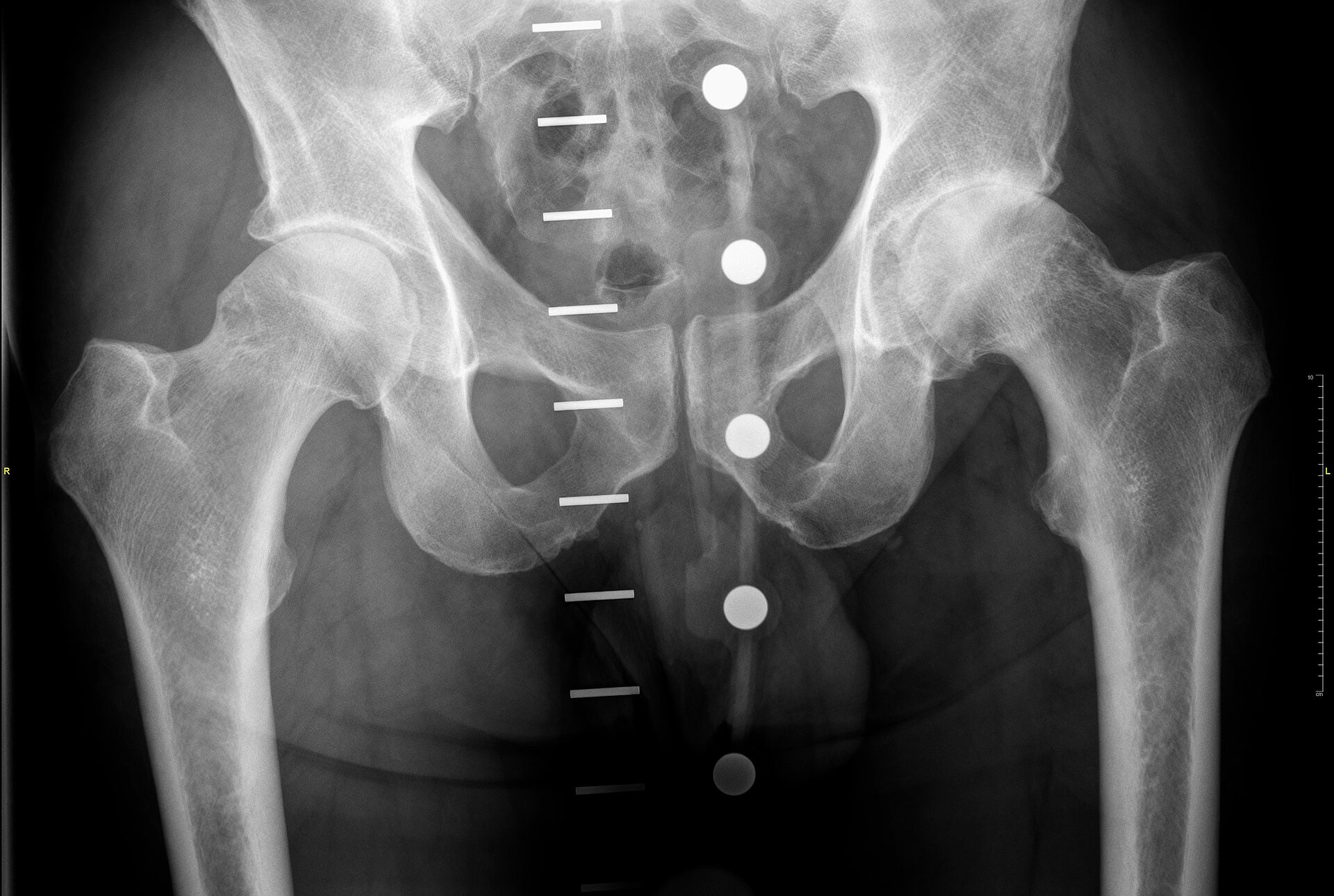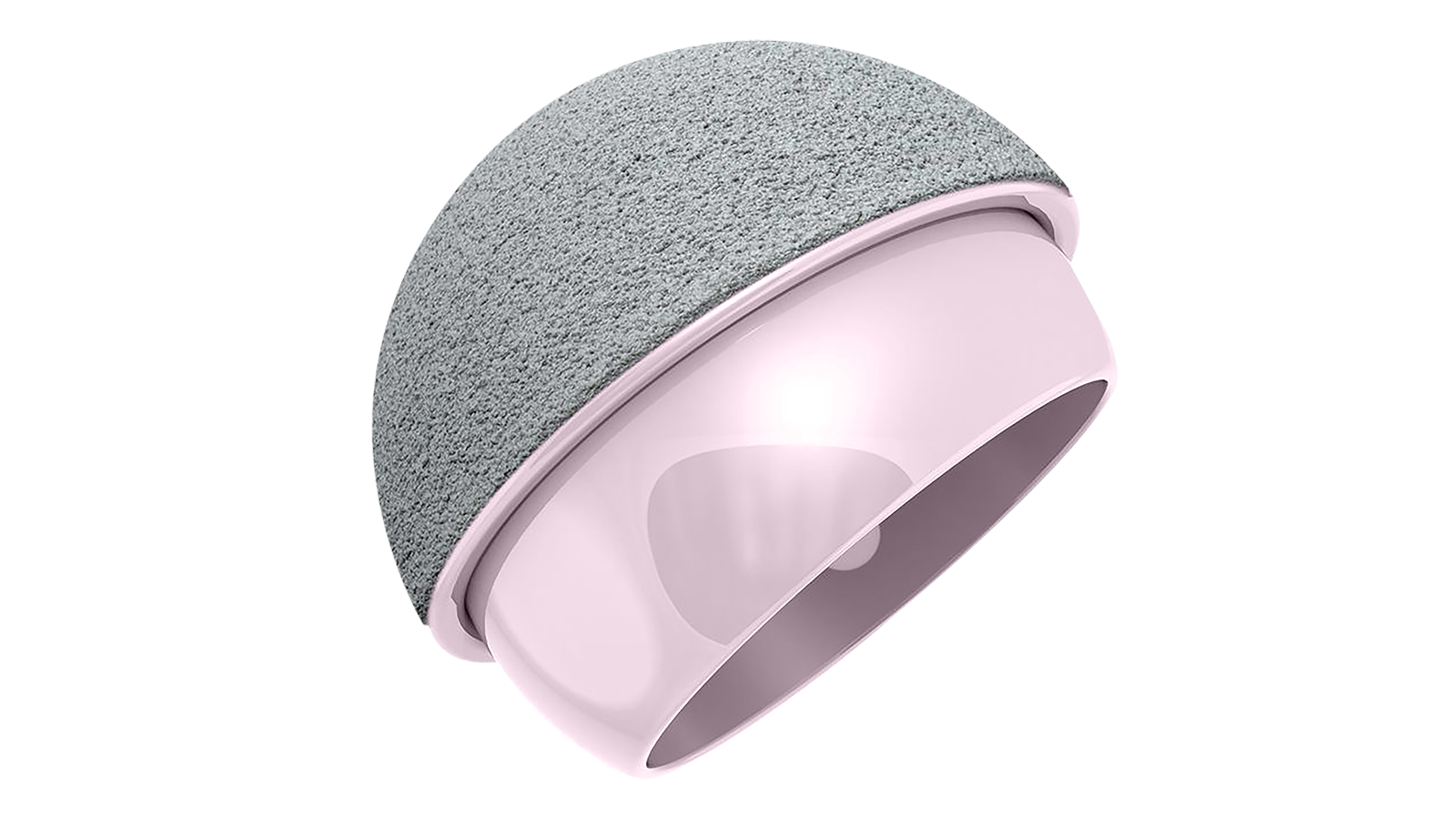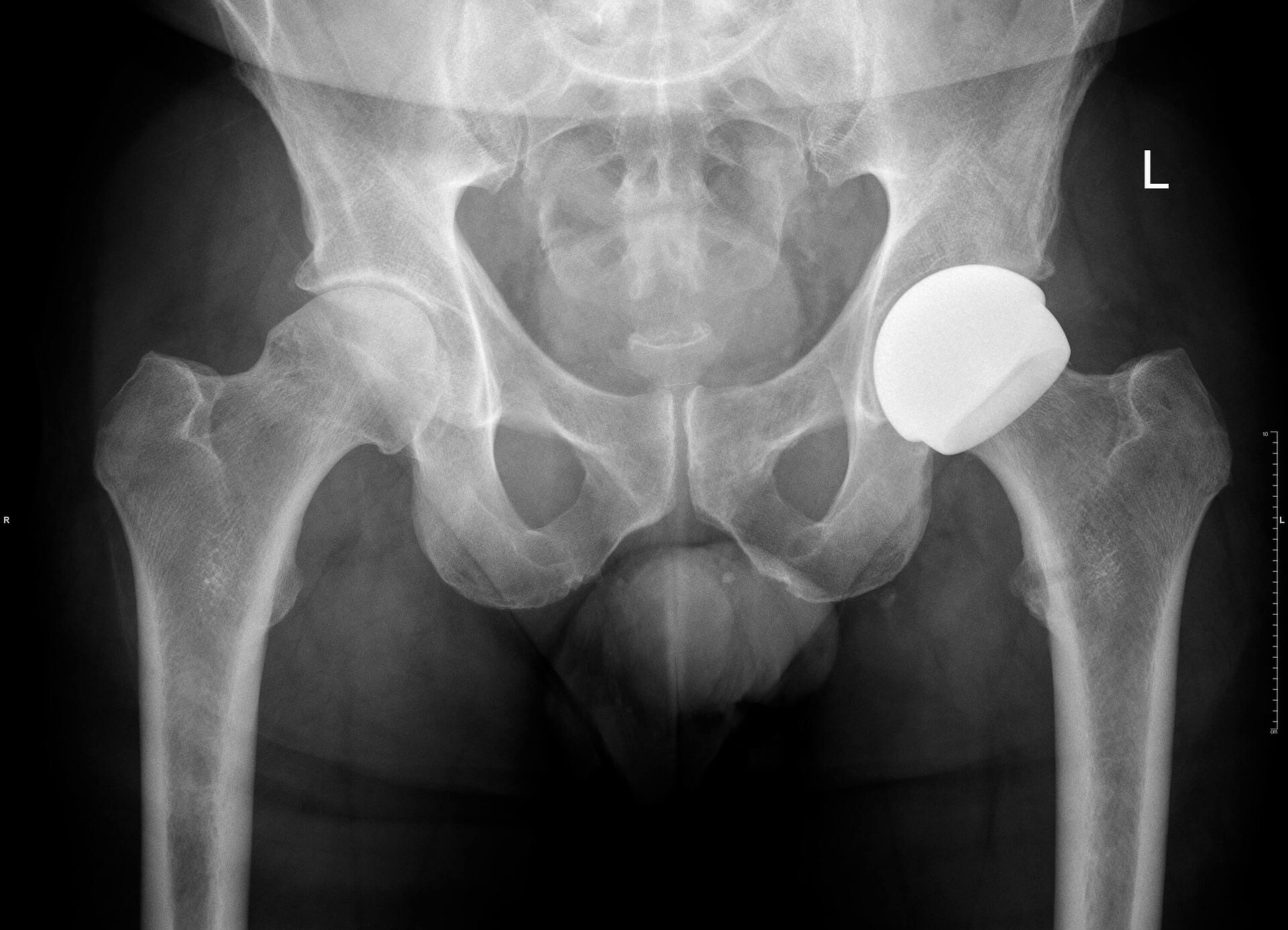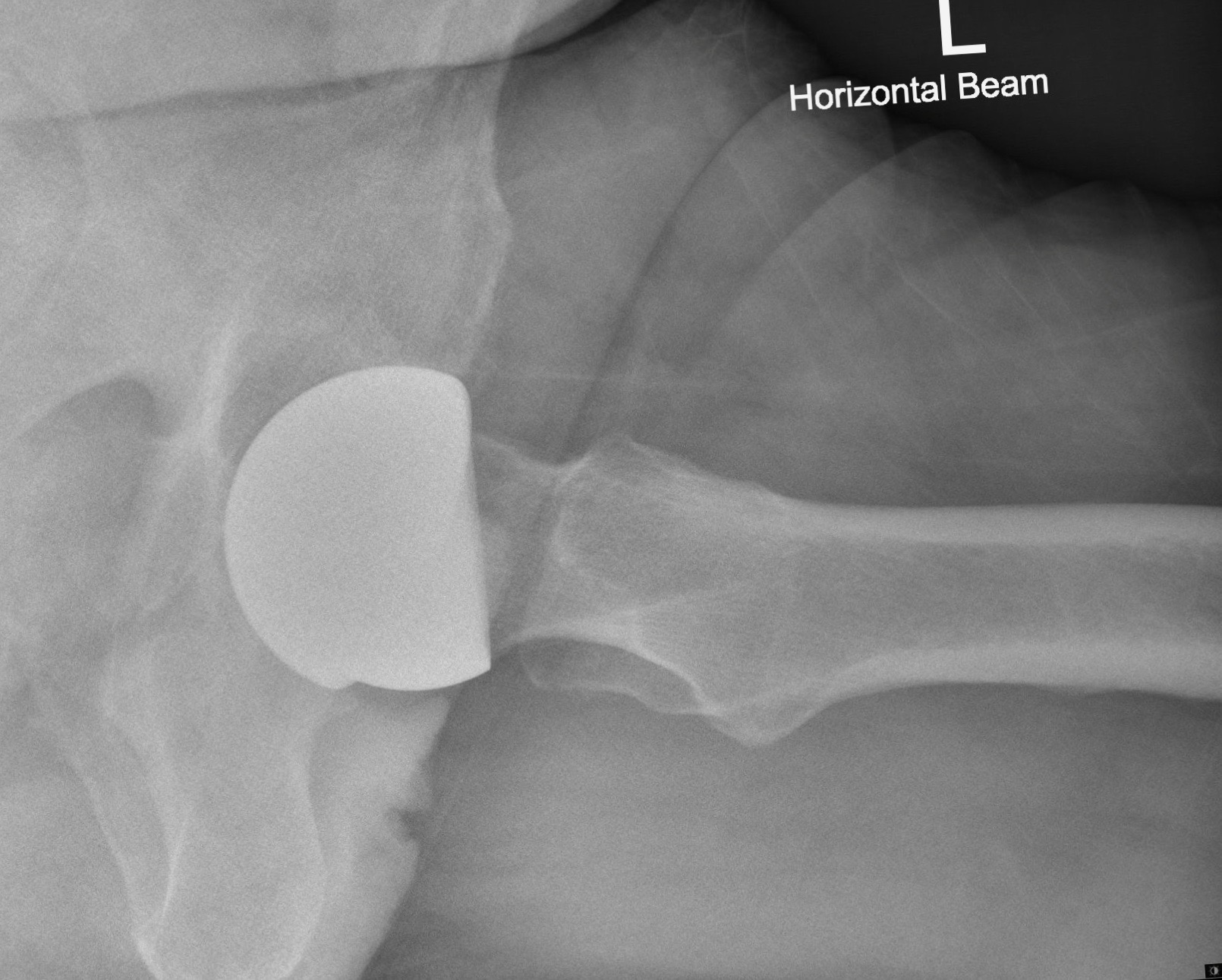Ceramic Resurfacing: Addressing a Clinical Need
Courtesy: Mr Andrew Manktelow, Nottingham University Hospital
Osteoarthritis of the hip remains a common and frequently debilitating condition. As the associated symptoms of pain, restricted mobility worsen and limit function, conservative treatments are no longer effective and a surgical solution may be required. Thankfully the outcomes of carefully planned and performed primary hip arthroplasty surgery are excellent. Our patients can expect a return to a sound level of function, without pain and with reliable longevity in the vast majority of cases. With the majority of hip arthroplasty surgery being performed in the mid to late 60s these outcomes will mean that many patients will not be confronted with the increased risks and concerns of revision surgery. The same cannot be said for our younger patients.
The best option in the surgical management of hip arthritis in younger and more active patients remains a point of contentious discussion. There are similar concerns in the management of other patients who wish to maintain, or indeed require, higher levels of physical activity, with a more physiological range of movement. These increasing demands can result in higher rates of dislocation and wear in traditional hip arthroplasty.
The theoretical benefits of a hip resurfacing procedure are well-rehearsed and include the potential preservation of femoral bone stock, a more physiological loading of the proximal femur, a safer range of movement and the opportunity for a relatively conservative revision to a stemmed arthroplasty. While technical developments in fixation and bearing surface tribology in more traditional procedures have undoubtedly improved outcomes, many patients are not able to return to their desired functional level and many of our younger patients will require revision surgery, potentially involving challenging implant removal and bone stock restoration as a result of wear and loosening.
While some metal on metal bearings have proved a clinical concern, many of the more disconcerting scenarios surrounded by the use of stemmed large head metal on metal bearings. Certain hip resurfacing designs resulted in higher levels of an abnormal reaction to metal wear debris than others and results in smaller sizes and in women were less reliable. Against that background the results of the two recognized metal-on-metal hip resurfacing bearings when using sound component design and metallurgy, alongside accurate component alignment, in carefully consented male patients with an adequate head size and sound bone quality, have remained sound.
The H1® (Embody Ltd.) and the ReCerf® (MatOrtho Ltd.) ceramic hip resurfacing devices are both undergoing Clinical Investigations approved by the UK Health Research Authority.
Simultaneously the use of large head ceramic bearing couples in more traditional hip arthroplasty surgery has continued with sound clinical results. The opportunity to combine the benefits of a ceramic bearing coupled with the bone preservation and safer mobility of a hip resurfacing has significant potential benefits for our patients. Particularly if we are also able to bring that concept into the surgical management of hip arthritis in both men and women and in a wider range of head sizes.
The stated design concept behind the development of a ceramic hip resurfacing has been to deliver the potential benefits of hip resurfacing more safely to a wider group of our young and active patients. Aiming to improve clinical outcomes, maintain and increase longevity while ensuring that revision to a stemmed arthroplasty, if required, remains a reasonable option.
Case Report 1:
60 Years Old High Activity Male Patient with Stated Concerns of Metal Sensitivity
Courtesy by: Mr. Andrew Manktelow, Nottingham University Hospital, UK
A 60 year old recently-retired consultant anaesthetist was seen with significant pain and restricted mobility associated with his arthritic left hip. His situation had progressed rapidly and by the time of his surgery he was experiencing significant discomfort with walking and had groin and proximal thigh pain at night and at rest after activity. Clinical examination revealed a fit and healthy male with a fixed flexion deformity in his left hip and a painful restriction in his available range of movement. Radiology confirmed significant degenerative wear in the hip with no cystic change or sinister concern. The patient was an extremely keen and active gentleman who amongst other activities, such as walking, yoga, training and cycling, was also a highly accomplished climber. He was very keen to return to all his recreational activities following surgery. In addition, he had a previously diagnosed metal sensitivity and reaction and was not happy to be considered for a metal-on-metal bearing for that reason.
Concerned by the risk of instability whilst climbing, the options and possible benefits of considering a ceramic bearing and a hip resurfacing were discussed.
Following careful consent, including the relatively short follow up for the ReCerf® device, a decision was taken to proceed with surgery.
At the time of surgery, via a standard posterior approach, using exactly the same exposure and release as required for a metal-on-metal hip resurfacing, a ReCerf® device was implanted. The 56mm colour-coded socket was implanted using a specifically designed acetabular insertion device, used alongside the standard ADEPT® socket insertion handle and alignment jig. Socket position was targeted at between 35 and 40 degrees of abduction with anteversion matching the native socket and the transverse acetabular ligament, typically around 15 degrees.
The standard ADEPT® medial referencing jig was used to position a guide wire into the femoral head and neck, determining bone preparation and component position. Again, the same instrumentation used for the ADEPT® device is used with ReCerf®. With preparation complete, a compatible and similarly colour-coded 50mm femoral component was cemented in place, using standard cement fixation and impaction technique to the established ADEPT® metal-on-metal device. (As such the ReCerf® concept uses of the majority of the ADEPT® metal-on-metal instrumentation and would therefore provide the surgeon with the opportunity to determine bearing surface material with flexibility intraoperatively.)
The patient was managed comfortably on the ward over night and was comfortable and safe to be discharged the next day, on post op day 1, to continue with rehabilitation at home. Weightbearing was protected with two crutches for the first 3 weeks, then onto one crutch on the contralateral side proceeding to full weight bearing as tolerated by 6 weeks.
The patient’s progress was reviewed initially at 6 weeks and again at 3 months. By 10 weeks the patient had already regained largely normal function, in part likely due to his strong drive and determination to return to his desired level of activity. In fact he had already re-started his climbing with confidence and control perhaps a little earlier than his surgeon would have advised, but without concern, as demonstrated in figure 3.

When asked about his experience and the decision to use the ReCerf® device the patient comments “I was very keen to have a resurfacing as I believe the risk of late dislocation is greatly reduced. I had always been fit and active until the arthritis curtailed my activities – even walking. My real passion is rock climbing where a high degree of hip mobility is essential”.
This patient, alongside over 400 others who have received the ReCerf® device, continues to do well albeit at early follow-up. This exciting project to realize the advantages of hip resurfacing with ceramic bearings could herald a new dawn for the procedure with potential advantages for our young and active male and female patients. As with all hip surgery, attention to detail in patient selection, planning, exposure and implant alignment are crucial. However, as more long-term data becomes available, the ReCerf® design group hope that the ReCerf® device will provide a positive contribution to the surgical management of hip arthritis.

Mr. Andrew Manktelow is a Consultant Orthopaedic Surgeon at Nottingham University Hospitals NHS Trust in the UK. Andrew has a specialist hip interest with a tertiary referral practice for complex primary and revision cases. With regard to primary hip surgery, Andrew has a high-volume practice encompassing all hip pathology in patients with a wide age range. This case mix requires the use of different fixation and bearing surface options, dependent on patient demands, bone quality and morphology. Andrew has had a hip resurfacing practice for 20 years and has continued to perform this procedure in carefully selected patients. Andrew is Head of the Elective Orthopaedic Service in Nottingham, a previous President of the British Hip Society and is on the Council of the British Orthopaedic Association.





